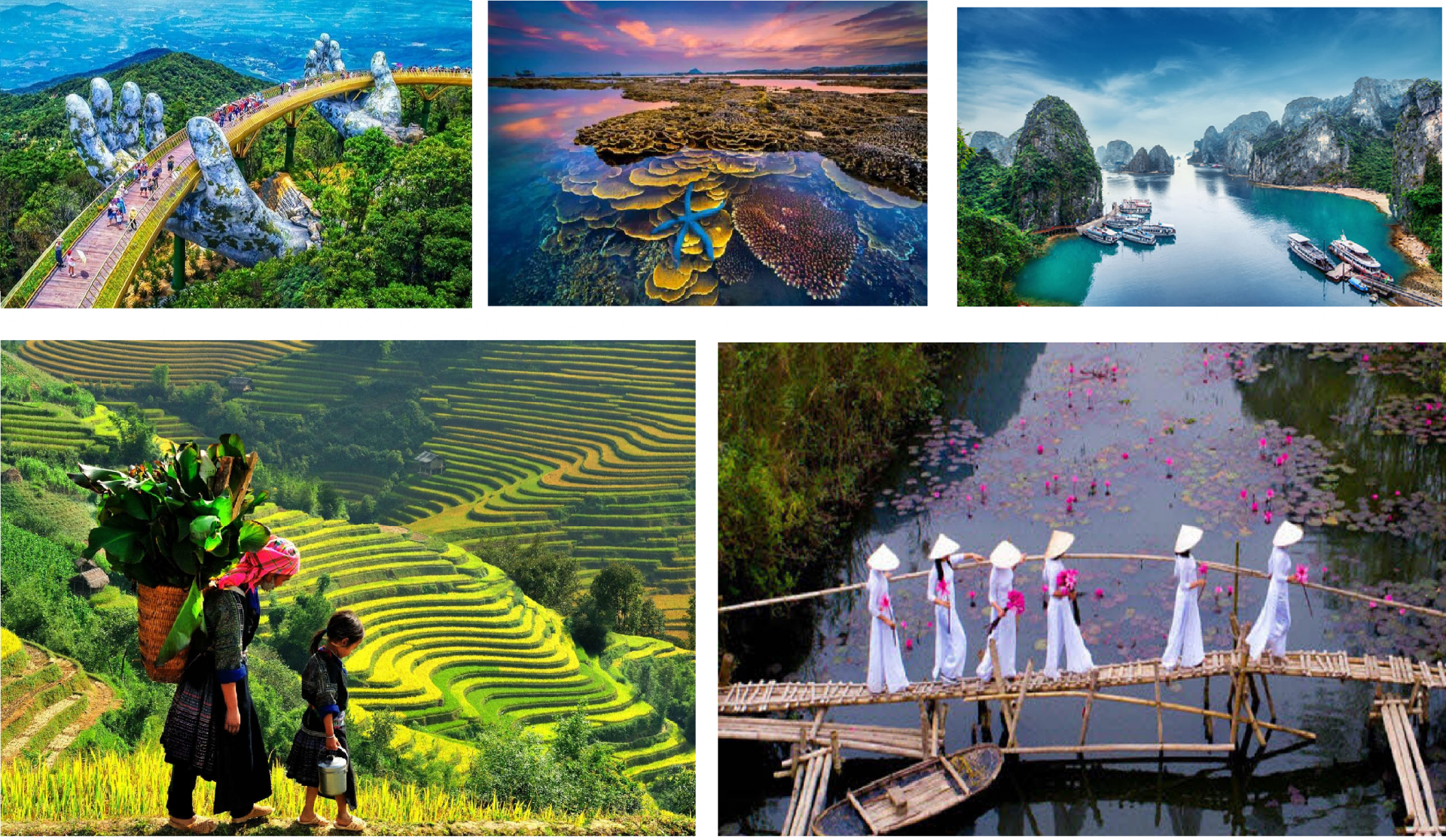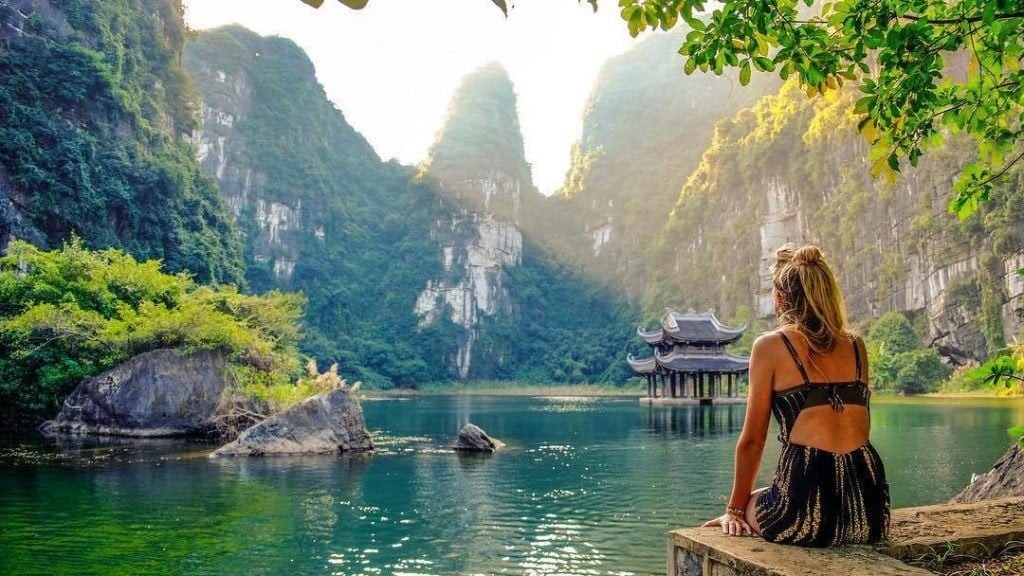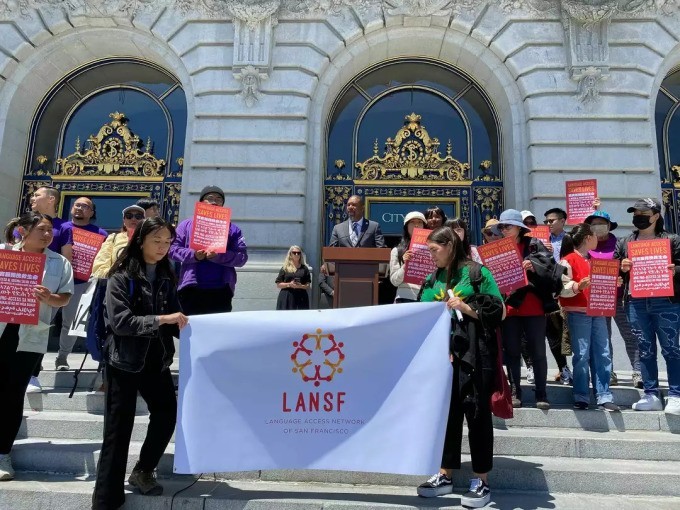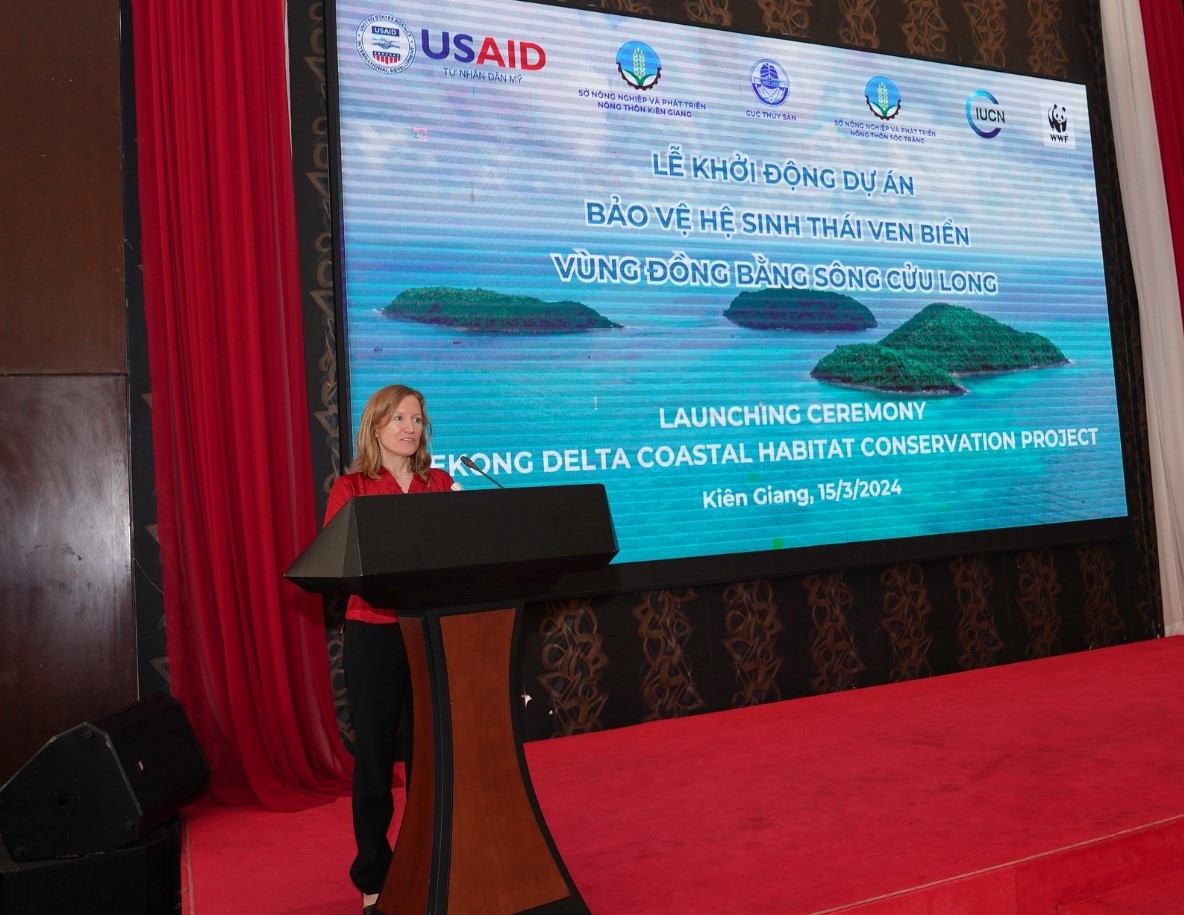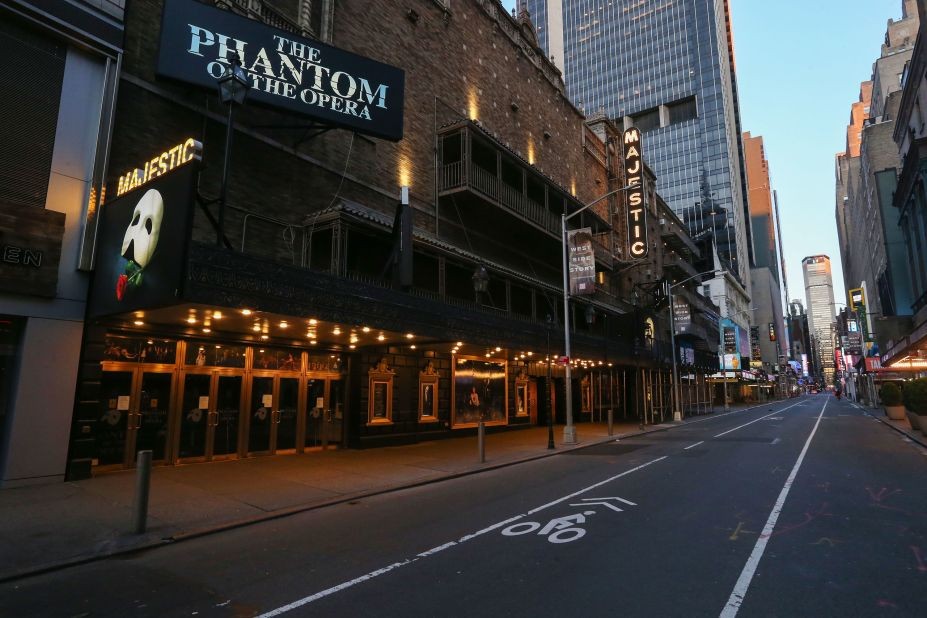The Marvelous Palace Existing Inside A Cliff
Mesa Verde Cliff Palace, the largest and most famous cliff dwelling in Mesa Verde National Park, has over 150 individual rooms and more than 20 kivas (rooms for religious rituals). Crafted of sandstone, wooden beams and mortar, Mesa Verde Cliff Palace has been remarkably well preserved from the elements for the past 700 years.
A visit to Mesa Verde Cliff Palace is included in the 700 Years Tour. Tickets to the National Park Service one-hour Cliff Palace Tour may be purchased at the Mesa Verde National Park Visitor and Research Center prior to entering the park, according to Mesa Verde Colorado.
History of Cliff Palace
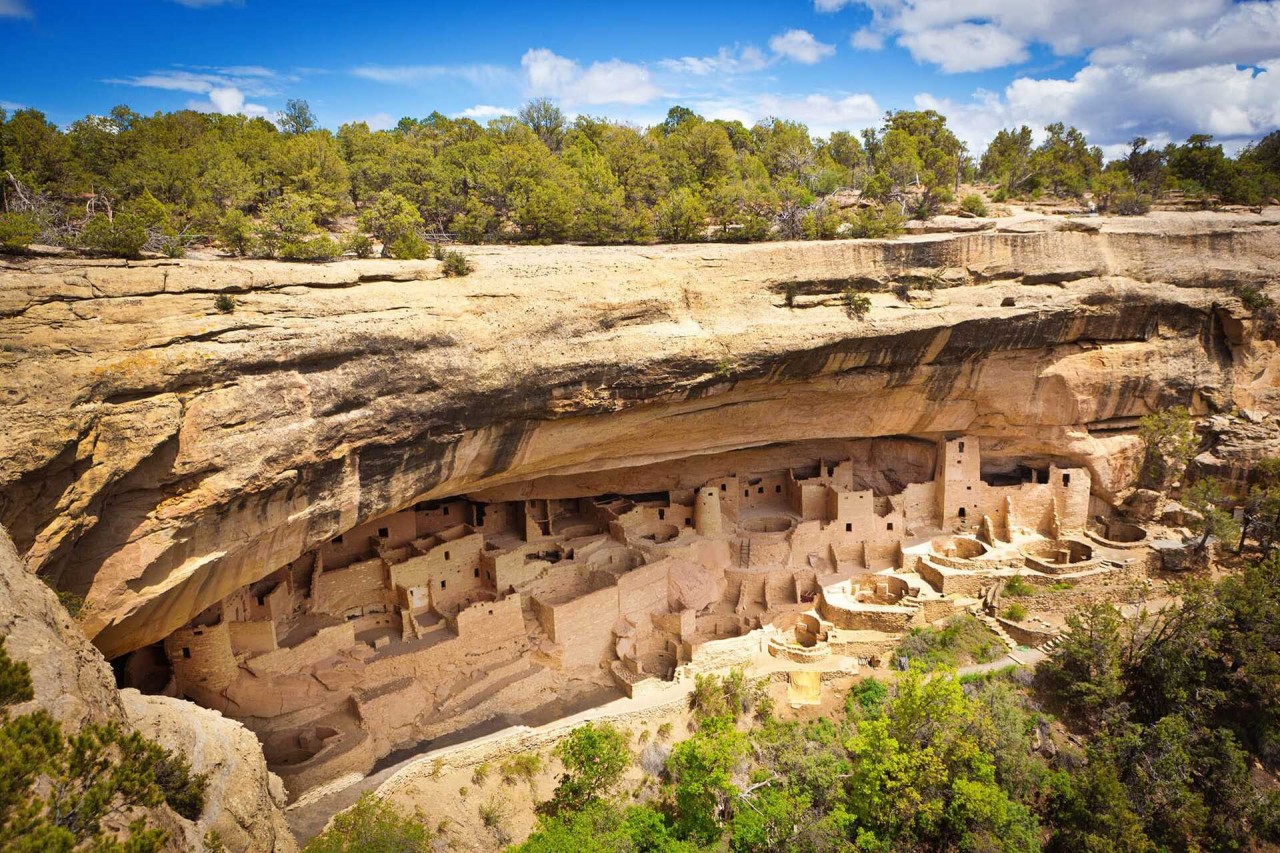 |
| Photo: YinYang |
Tree-ring dating indicates that construction and refurbishing of Cliff Palace was continuous approximately from 1190 CE through 1260 CE, although the major portion of the building was done within a 20-year time span. The Ancestral Puebloans who constructed this cliff dwelling and the others like it at Mesa Verde were driven to these defensible positions by "increasing competition amidst changing climatic conditions". Cliff Palace was abandoned by 1300, and while debate remains as to the causes of this, some believe that a series of megadroughts interrupting food production systems is the main cause. Cliff Palace was rediscovered in 1888 by Richard Wetherill and Charlie Mason while they were out looking for stray cattle.
Structure of Mesa Verde Cliff Palace
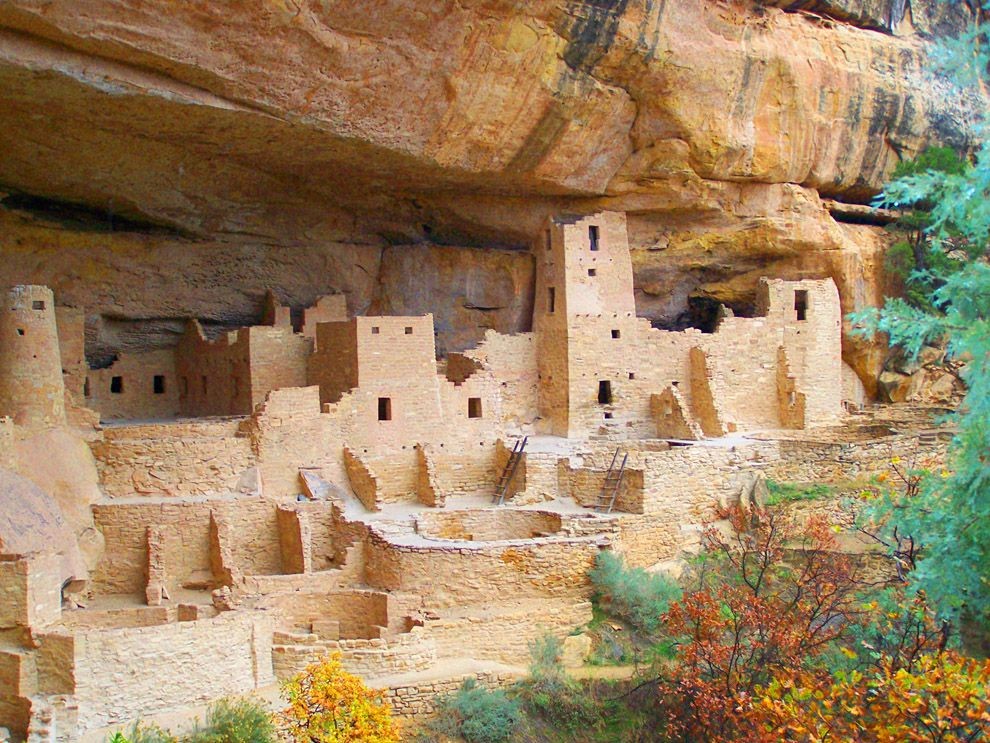 |
| Photo: National Geographic |
The 150 rooms of Cliff Palace were constructed out of natural sandstone, wooden beams, and mortar. The mortar was made of soil, water, and ash. Tiny pieces of stone called chinking are also embedded in the mortar, to strengthen construction.
Ancestral Puebloans entered their cliff-dwelling apartments through wooden ladders. (The ladders in this beautiful photograph were reconstructed by the National Park Service.) Rooms in Cliff Palace were about 2 by 2.5 meters (6 by 8 feet). Families lived together, and historians say that two or three people often shared a room. Many rooms were originally plastered in bright colors—usually pink, brown, red, yellow, or white.
 |
| Photo: Fine Art America |
Smaller rooms near the back of the cliff were used for storing crops, such as beans, corn, and squash.
The unusual large, round rooms in Cliff Palace are called kivas. Kivas were used for rituals and ceremonies, although archaeologists and anthropologists are not sure how. Each clan or family probably had their own kiva in front of their dwelling and storage space, according to National Geographic.
Mesa Verde Cliff Palace – A Man-made wonder
Take a look at the alcove in which Mesa Verde Cliff Palace is built. The rock you see is Cliffhouse sandstone, geologically deposited during the Cretaceous Period some 78 million years ago. Since sandstone is a very porous material, moisture seeps right down through it. Beneath the layer of sandstone, however, is a layer of shale through which the moisture cannot penetrate. In the winter months, when the moisture freezes and expands, chunks of sandstone are cracked and loosened. Later these pieces collapse, forming alcoves such as the one here.
 |
| Photo: Wikimedia Commons |
The majority of alcoves within Mesa Verde National Park are small crevices or ledges able to accommodate only a few small rooms. Very few are large enough to house a dwelling the size of Mesa Verde Cliff Palace. Recent studies reveal that Mesa Verde Cliff Palace contained 150 rooms and 23 kivas and had a population of approximately 100 people. Out of the nearly 600 cliff dwellings concentrated within the boundaries of the park, 75% contain only 1-5 rooms each, and many are single room storage units. When you visit Mesa Verde Cliff Palace you will enter an exceptionally large dwelling, which may have had special significance to the original occupants. It is thought that Mesa Verde Cliff Palace was a social, administrative site with high ceremonial usage, according to Mesa Verde Colorado.
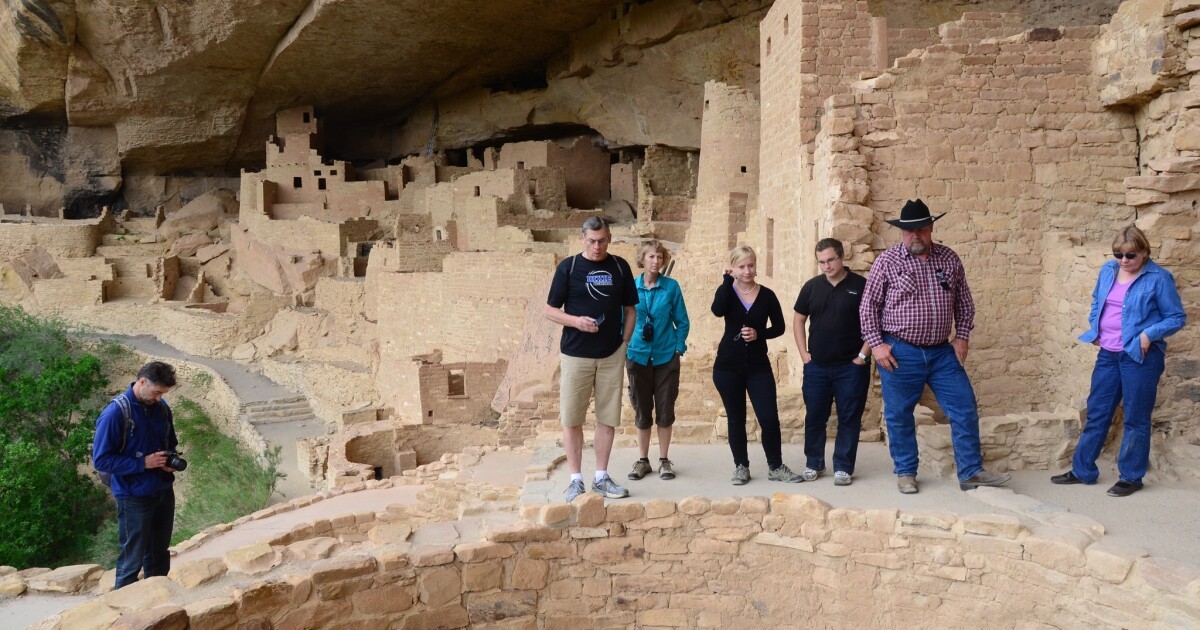 |
| Photo: Latimes |
Many visitors look at the size of the doorways in Cliff Palace and other cliff dwellings and wonder about the size of the people who once lived here. An average man was about 5'4" to 5'5" (163 cm) tall, while an average woman was 5' to 5'1" (152 cm). If you compare them with European people of the same time period, they would have been about the same size. Compared with today, the Ancestral Pueblo people's average life span was relatively short, due, in part, to the high infant mortality rate. Most people lived an average of 32-34 years, however, some people did live into their 50s and 60s. Approximately 50% of the children died before they reached the age of five.
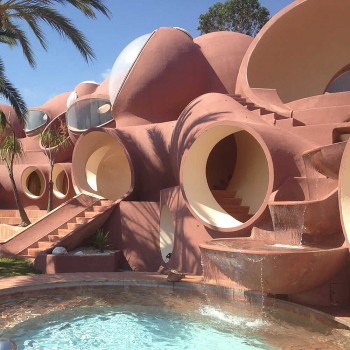 | Palais Bulles: The Attractive And Unusual Architecture Of “The Bubble Palace” In France Palais Bulles, also known as the "Bubble Palace" located near Cannes, France, was the home of famous fashion designer Pierre Cardin. |
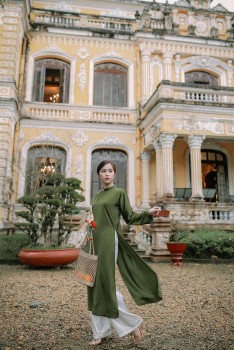 | For 104 Years, Hue's Anh Dinh Palace Continues to Impress Recognized by UNESCO as a World Cultural Heritage, An Dinh Palace was built as a real castle, with a different beauty compared to hundreds of ... |
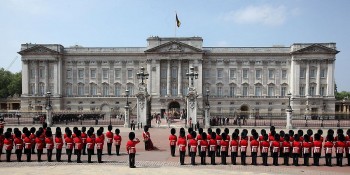 | 10 Palaces With The Most Beautiful Structures In The World Not only in Europe that we can witness the sight of majestic palaces, but in Bangkok, Italy and Russia, visitors can pay a visit to ... |
Recommended
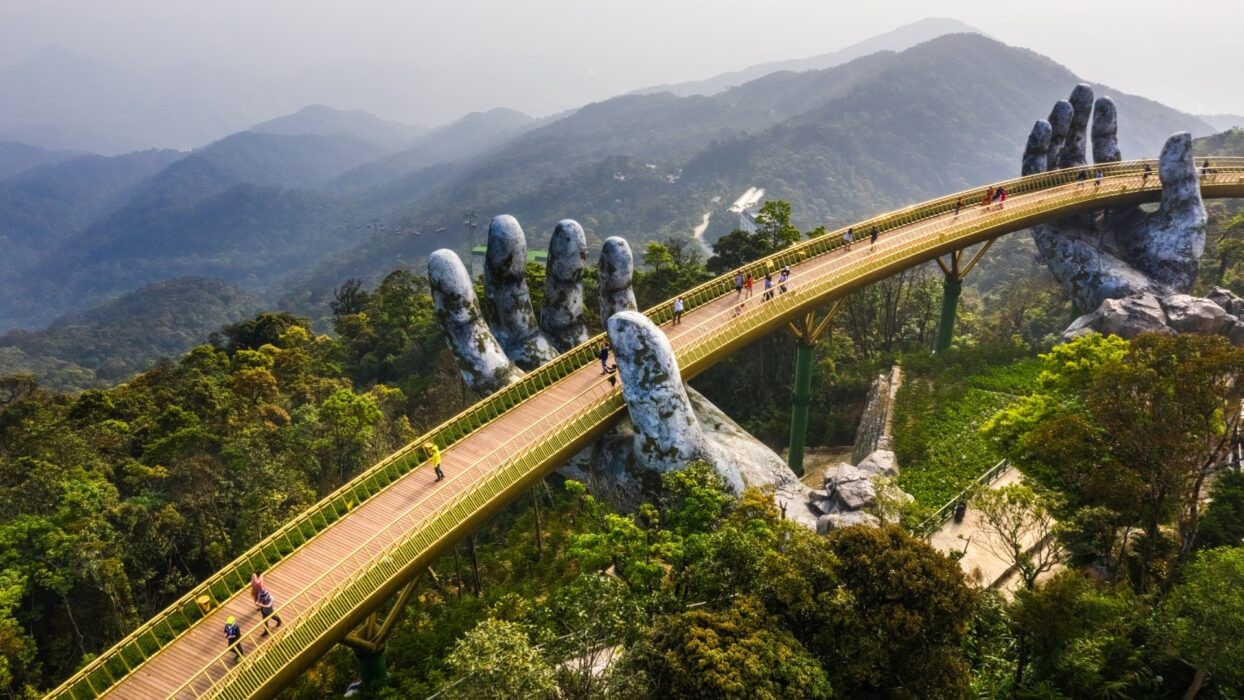 Travel
Travel
Vietnam Strengthens Its Presence On The Global Tourism Map
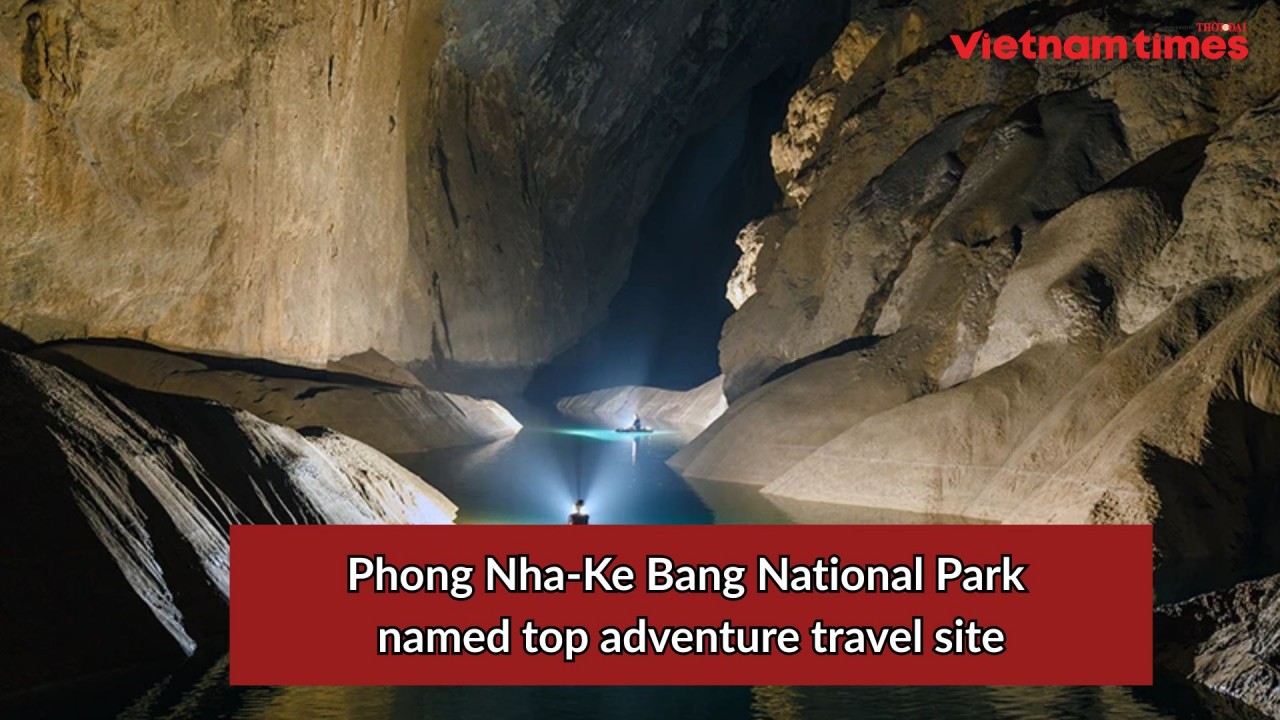 Multimedia
Multimedia
Phong Nha-Ke Bang National Park Named Top Adventure Travel Site
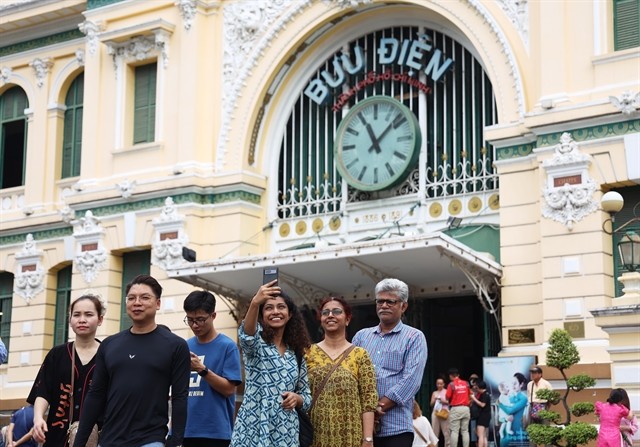 Travel
Travel
Vietnam Welcomes Record-High Number of International Visitors
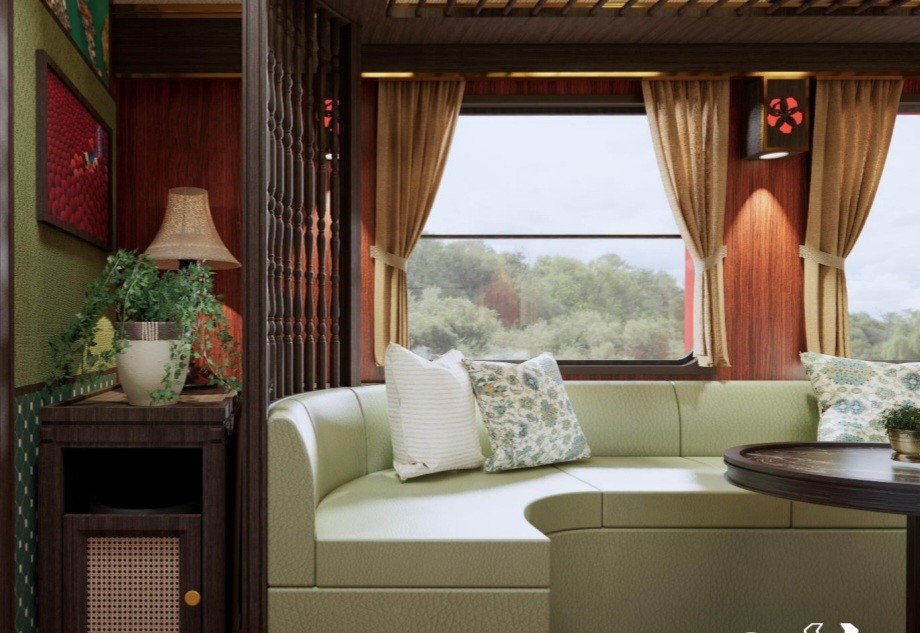 Travel
Travel
Luxury Train From Hanoi To Hai Phong To Be Launched In May
Popular article
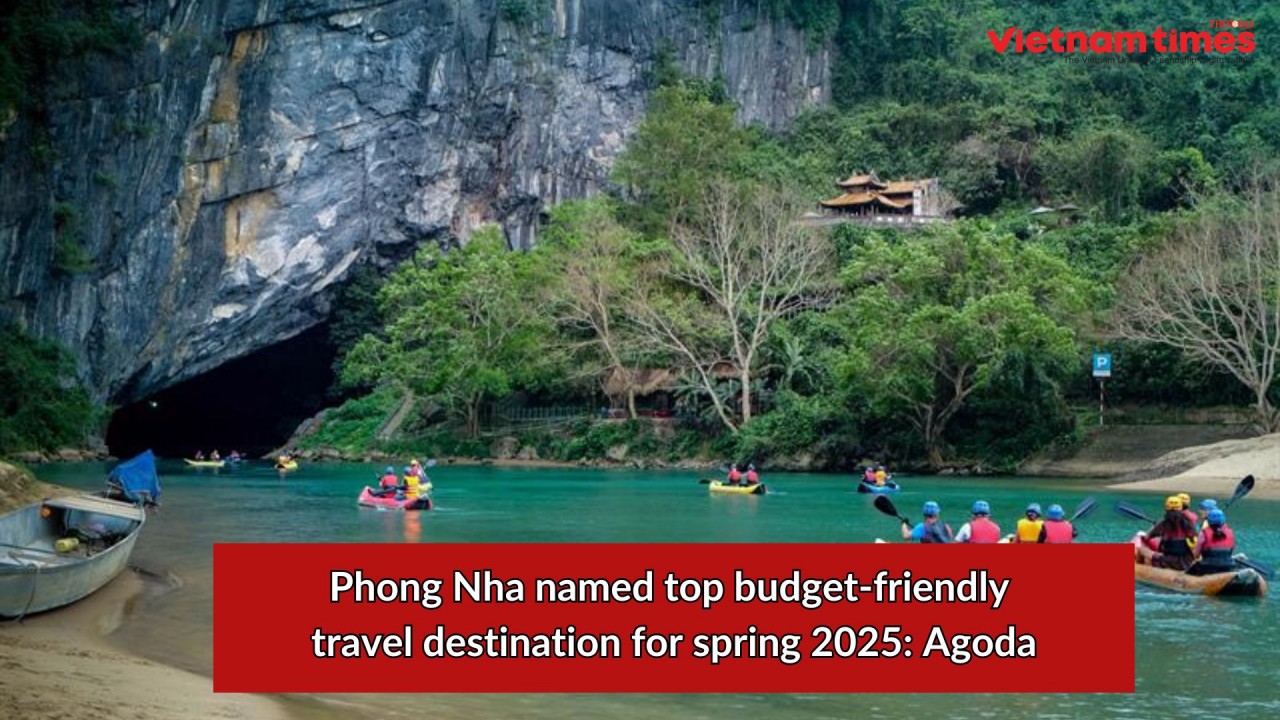 Travel
Travel
Phong Nha Named Top Budget-Friendly Travel Destination for Spring 2025: Agoda
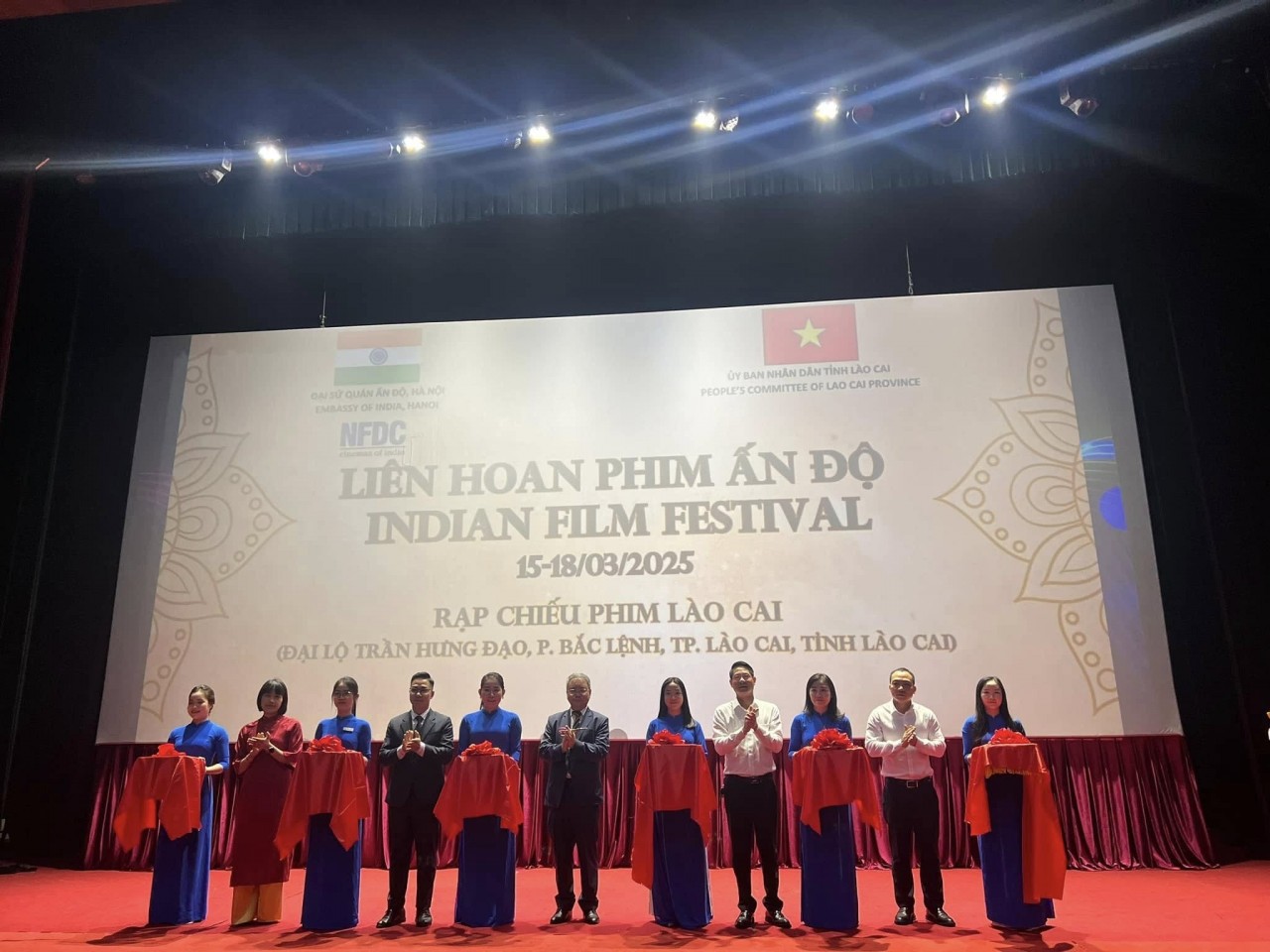 Travel
Travel
Four Indian Films Introduced to Lao Cai Audience
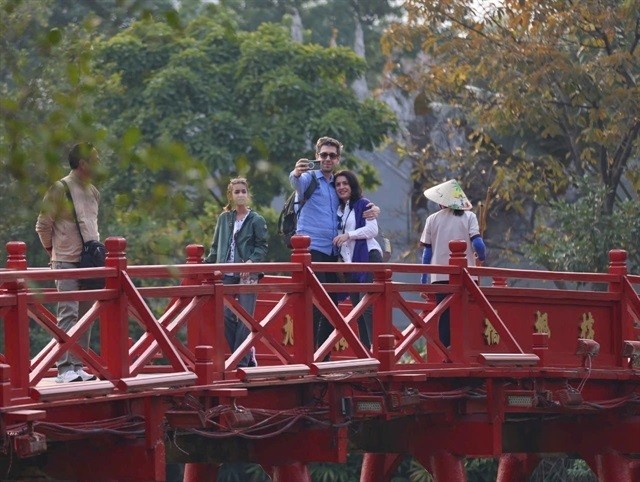 Travel
Travel
Vietnam to Waive Visas for Citizens from 12 Countries until 2028
 Travel
Travel


